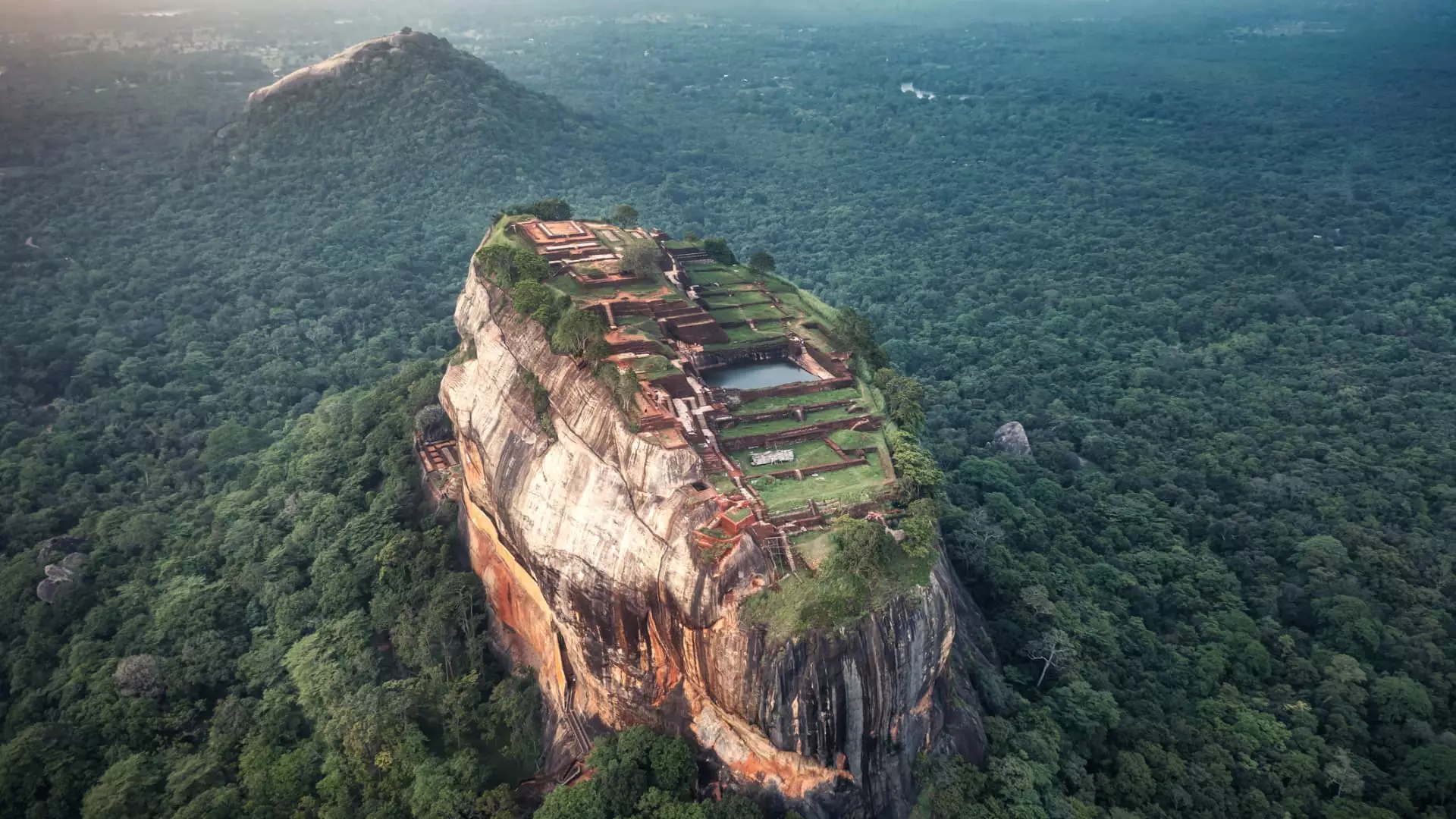Recently, the cost of obtaining a short-term visa to visit Sri Lanka saw a significant increase from $50 to $100. This sudden price hike has been surrounded by controversy, with conflicting explanations being provided for the change. Sri Lanka’s Tourism Minister, Harin Fernando, attributed the spike in visa fees to a “technical issue,” stating that the visa processing company VFS Global failed to offer 30-day visas when implementing the new e-visa system. However, VFS Global argued that the introduction of visa categories was done in accordance with the directives of Sri Lanka’s Department of Immigration and Emigration (DI&E). Despite the initial confusion, both parties eventually agreed to reinstate the 30-day travel visas priced at $50, with the remedial measures being implemented on May 7.
The decision to move away from Sri Lanka’s internal Electronic Travel Authorizations (ETAs) to an e-visa system managed by VFS Global was motivated by concerns over the hacking of the previous websites by scammers, as per the Ministry of Public Security. Minister Fernando emphasized the importance of partnering with a globally renowned company like VFS Global, which operates in over 150 countries and has established ties with 67 governments. However, the transition was met with backlash from various stakeholders in Sri Lanka’s travel industry, who criticized the fees charged by VFS Global as excessive. These fees, which amount to approximately $25 per visa, were disclosed in a contract signed with Sri Lanka’s immigration authority in December 2023.
VFS Global defended its fee structure, stating that service charges are determined based on factors such as the scope of engagement, application volume, and resource costs. The company clarified that the service fee for short-stay visas in other countries, such as Schengen states, could be as high as 40 Euros. Nevertheless, Minister Fernando highlighted that the fees for 30-day Sri Lankan visas had been significantly reduced, with the government now retaining $40 and VFS Global charging $10. Despite citizens of seven countries being eligible for free visas to enter Sri Lanka, applicants from these nations are still required to pay VFS Global’s service charges. This distinction emphasized the ongoing debate over the continued partnership with VFS Global.
Additionally, Sri Lanka’s “free visa” policy differs from the “visa-free” agreements established by other Asian nations, as it necessitates the acquisition of visas for entry. The government is considering expanding the list of countries eligible for free visas, aiming to add 60 more nations to the existing roster. Minister Fernando reassured that a definitive visa policy would be implemented shortly, with a government-appointed committee expected to finalize decisions within 30 days. Despite the challenges and controversies surrounding the recent changes in Sri Lanka’s visa system, the government remains committed to enhancing accessibility and transparency in its visa procedures.

